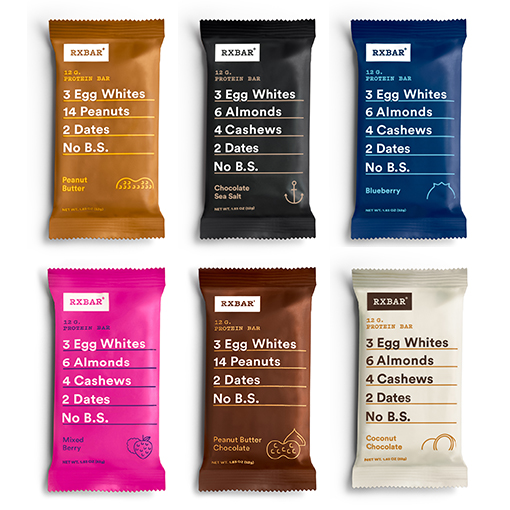The “In ’N Out” of Advertising Food to Millennials

Last week, Burger King debuted a clever ad for net neutrality. The spot featured real customers who were offered a range of burgers priced by speed of delivery, from the $4.99 all the way to $25.99 for a single Whopper. The tongue-in-cheek campaign drew attention to the ongoing fight for open internet and generated new conversation on the topic.
Successful campaigns from brands like Wendy’s, Moon Pie, and Chipotle point to a trend of growing dominance from food advertisers. Food’s always been a big part of the US advertising landscape, but never has it been so pervasive—or inventive. Their social media accounts boast an impressive collection of snarky tweets, clever replies and trendy initiatives to keep their brands top of mind.
Flavors for Every Foodie
Just like any other industry, segmentation plays a big role in food advertising for millennials. Every brand has an associated personality comprised of images, rhetoric, and values. While bold, punchy campaigns might work for fast food chains, advertising healthy choices requires a little more nuance.
More than ever, millennials are concerned with the quality of their food and will pay more to make sure that it meets their standards. In Nielsen’s Global Health and Wellness survey, 73% of people age 16-34 stated they were willing to pay a premium for healthier products. This is a 52% difference compared to 21% of baby boomers (mid-50s to 60s).
This puts health food brands at a unique advantage. While food giants like McDonald’s have scrambled to add healthy offerings to their menu, health food brands—once considered “fringe” or “obscure”— have been on the rise. Companies like Clif, Justin’s Nut Butters and Annie’s have become mainstays in national organic markets. Food influencers on Instagram, foodie blogs and Pinterest regularly sing their praises for the healthy alternatives they present to choosy consumers.
So just how do these companies grow their brand presence with their audiences?
Transparency is Best


Health foods have a unique edge in this area as consumers are already drawn to their product base on its benefits. Because foods like alternative milks, nutrition bars, and spiralized vegetables have been touted as preferable by blogs and platforms like Pinterest (whose Food category dominates the site), there’s less pressure on these companies to “fight” for appeal in their audience’s mind.
Still, this doesn’t mean that food advertising to millennials doesn’t require a well-defined strategy, only that it’s different.
